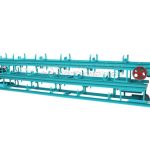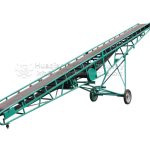Bucket Elevator
Fertilizer Conveyor
Let’s Start Work
Together
Please feel free to contact us. We will get back to you with 1-2 business days. Or just call us now.
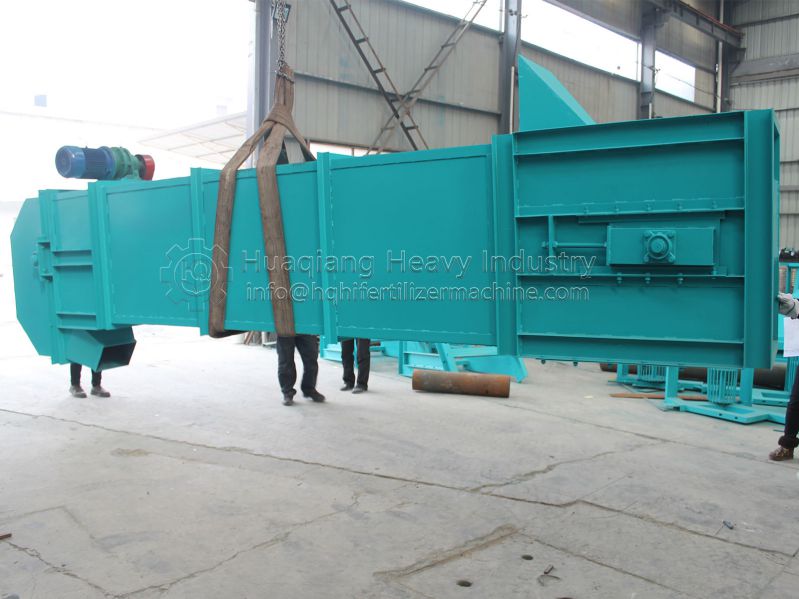
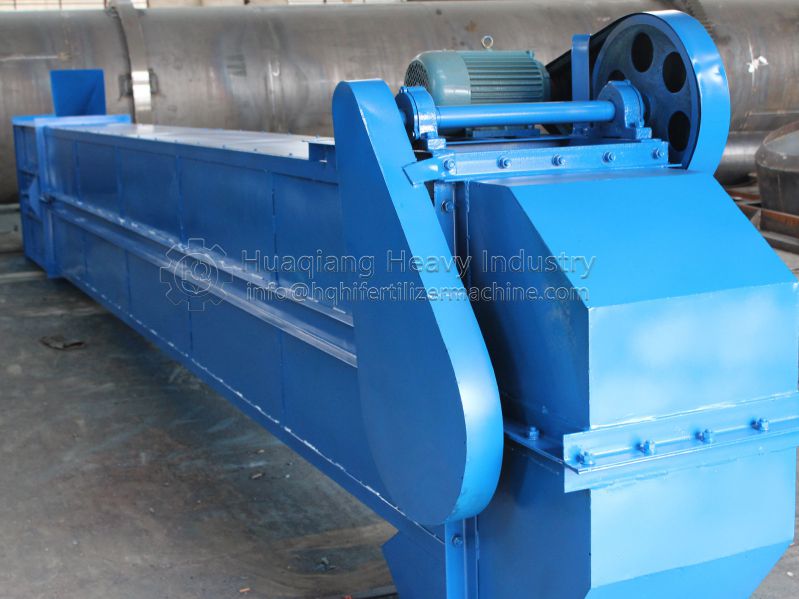
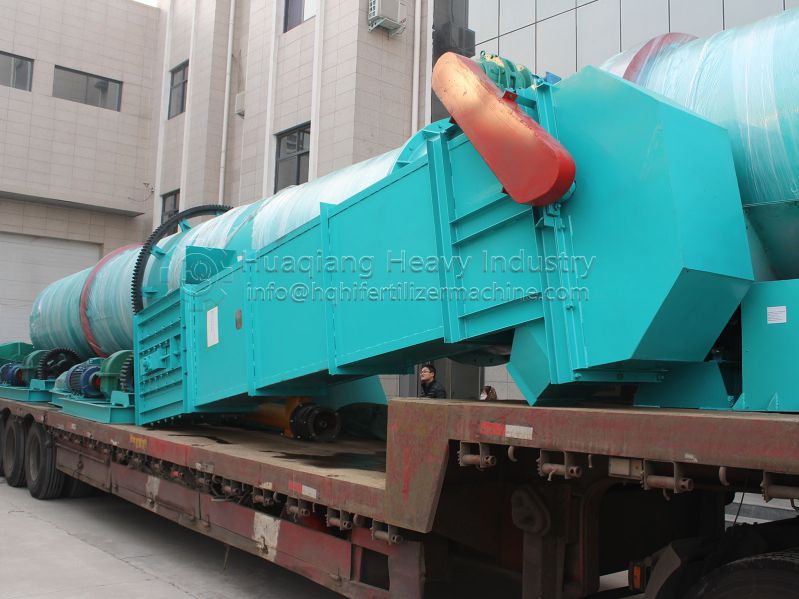
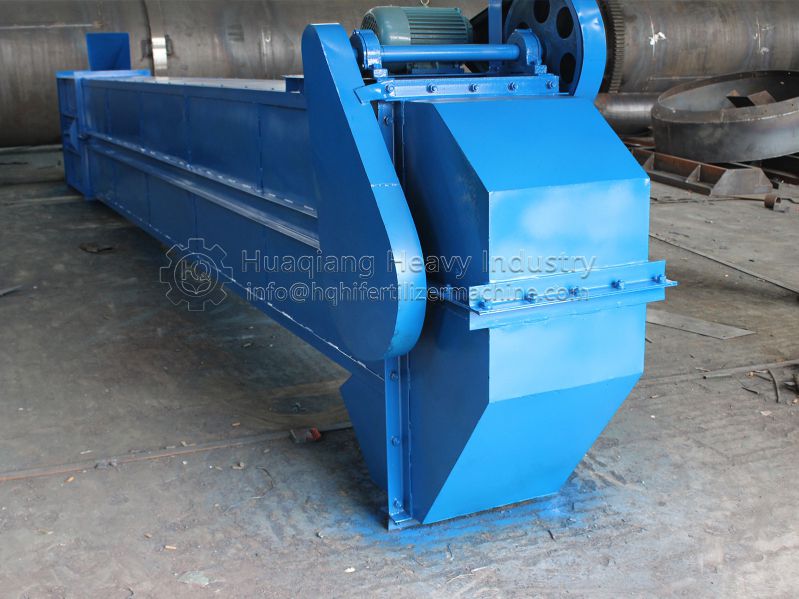
Bucket Elevator
Bucket elevator is a mechanical equipment used for continuously lifting bulk materials in the vertical direction, widely used in industries such as mining, building materials, chemical, and grain, for lifting bulk or small pieces of materials such as coal, ore, cement, and grain. Its working principle is based on a series of hoppers (or buckets) that are driven by traction components (usually circular chains or belts) to lift materials from the lower feeding port to the upper discharging port.
Equipment Structure And Composition
The main structure and components of a bucket elevator include:
Hopper (hopper): used to carry materials, designed in shape and size according to the characteristics of the material.
Traction components: such as chains or belts, used to connect hoppers and provide lifting power.
Drive device: including motor, reducer, and drive sprocket (or drive drum), providing power for the hoist.
Feed and discharge ports: The feed port is located at the bottom and is used for adding materials; The discharge port is located at the upper part and is used for the discharge of materials.
Support and Rack: Provide structural support to ensure equipment stability.
Tensioning device: used to adjust the tension of traction components to ensure stable operation.
Guidance device: such as a guide wheel or guide track, used to ensure the smooth operation of the hopper during lifting.
Working Principle
The working principle of bucket elevator is as follows:
Feed: The material enters the bottom hopper through the feed inlet.
Lifting: The driving device is activated to drive the hopper upwards along the guide rail or groove through a chain or belt, and the material rises together with the hopper.
Unloading: When the hopper reaches the upper part, due to the action of gravity or centrifugal force, the material is discharged from the hopper and discharged through the discharge port.
Return: The empty hopper returns to the feeding port along the other side guide rail, preparing for the next cycle.
Equipment Features
Large lifting height: capable of achieving high vertical lifting height, suitable for high-rise buildings or elevated material transportation.
High efficiency improvement: Through continuous hopper lifting, efficient vertical transportation of materials is achieved.
Strong adaptability: able to handle various scattered or small materials, with a wide range of adaptability.
Good sealing: The enclosed lifting process reduces material loss and dust flying.
Compact structure: Vertical layout saves floor space and is suitable for production environments with limited space.
Easy to maintain: The structure is relatively simple, making it easy to maintain and repair.



